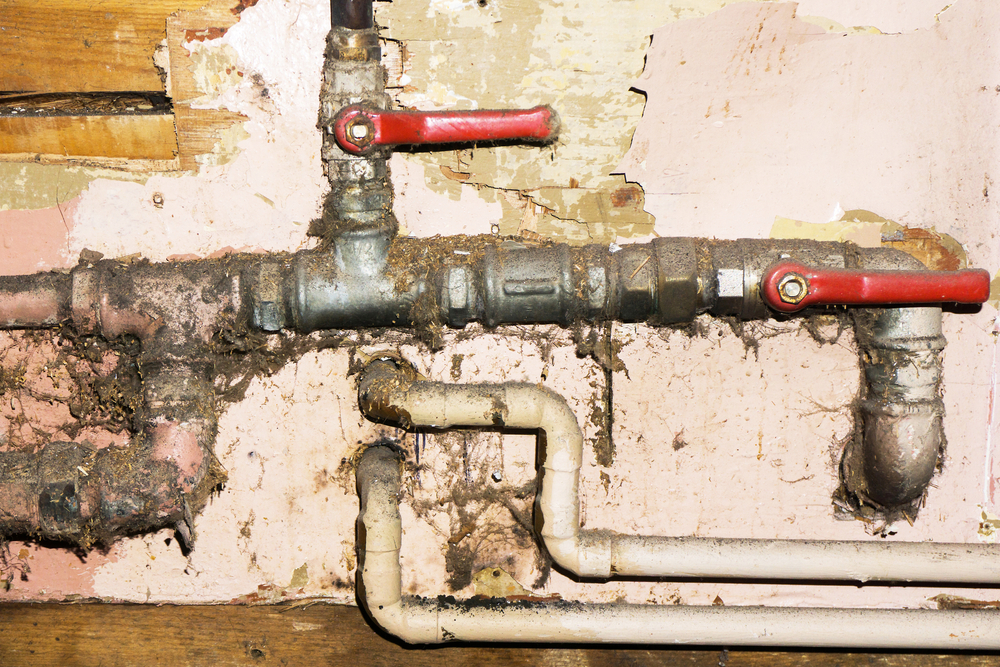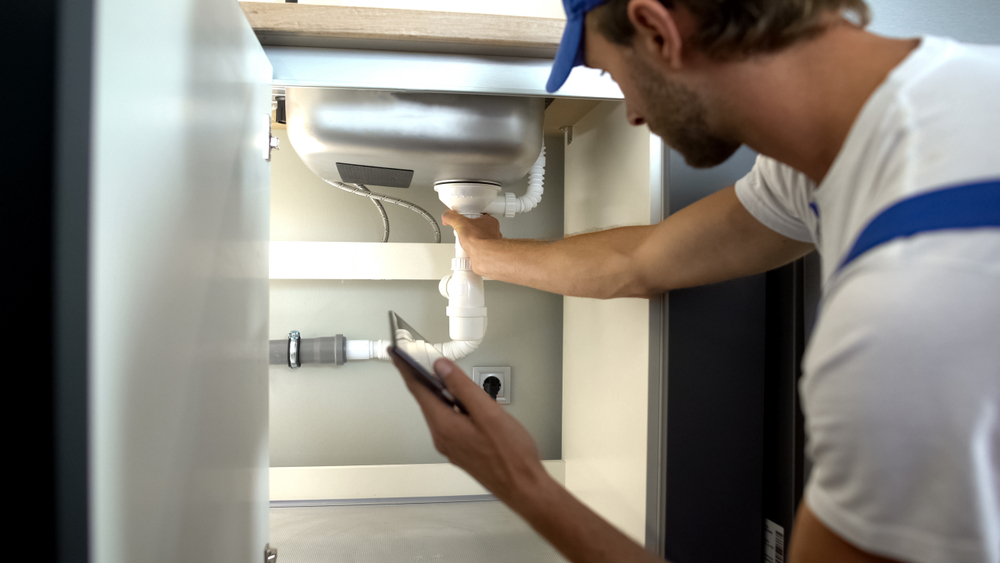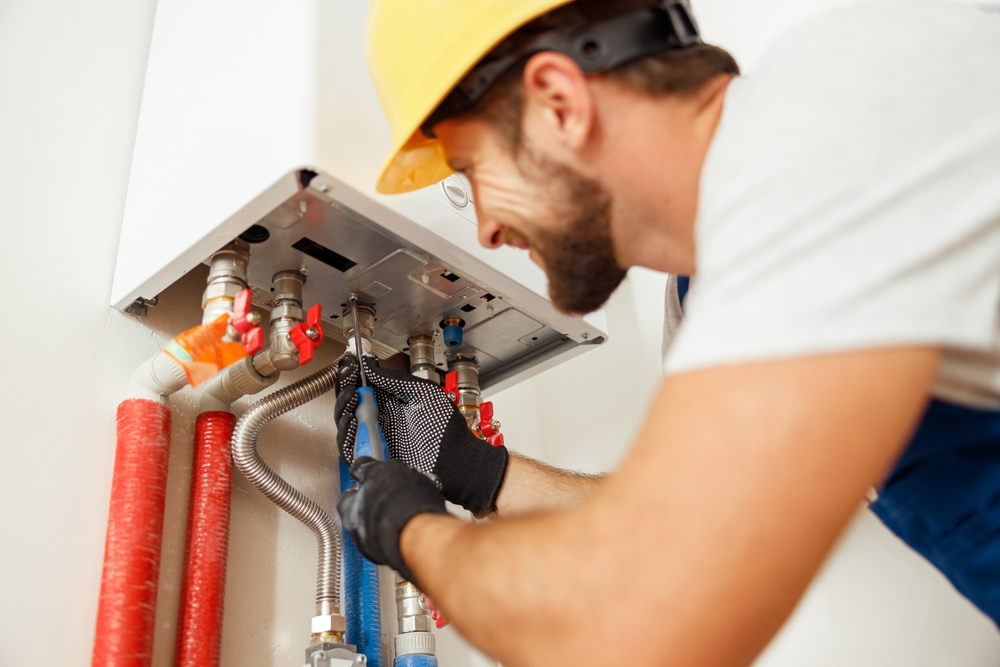Any structure depends on pipes since they provide clean water and help to dispose of wastewater. Many homes still depend on outdated, maybe ineffective pipe infrastructure, nevertheless. Safety and comfort of residents depend on these outdated systems being upgraded. From knowledge of the hazards to choosing the finest materials for the project, this guide will lead you through what you need to know about upgrading old pipe systems. Whether you manage properties or are a homeowner, this guide will offer insightful analysis of the process.
The Dangers of Old Pipe Systems
Among the various hazards old pipe systems can create are leaks, corrosion, and pollution. Pipes degrade over time, resulting in compromised infrastructure capable of major damage. These hazards go beyond the annoyance of a busted pipe; they might compromise the residents’ health and safety.
Potential Risks and Hazards
Older pipes, especially those constructed of obsolete materials like lead, can contaminate the water supply with toxic substances. Particularly for youngsters and pregnant women, lead pipes represent a major health risk. Furthermore, rusty pipes could produce iron particles that pollute drinking water, therefore compromising its taste and safety.
Leaks-induced water damage presents yet another major problem. Over time, even little leaks can cause significant water damage that causes structural problems, mold development, and costly repairs. Burst pipes can flood crawl spaces or basements, posing a dangerous situation and sharply increasing repair costs.
Impact on Health and Safety
Older pipe systems affect safety as well as health. Leaching or corroded pipes could let dangerous bacteria into the water supply and cause disease. Furthermore, old sewer lines can lead to backups bringing dangerous sewage into homes, so compromising their health. Pipe bursts can also cause structural collapses, electrical problems, and even flooding, so posing slip hazards.
Cost Implications
Ignoring an aging pipe system can result in rising repair costs. Regular little repairs add up and finally you might have to pay for the complete system replacement. Correcting water damage, mold, and possible legal liabilities can be far more expensive than updating your pipes prior to a disaster.

Signs That Your Pipe System Needs Upgrading
Identifying the indicators of degradation in your pipe system will prevent health problems or expensive repairs. Old pipes could be more likely to leak, rust, or clog.
Common Indicators of Deterioration
- Discolored Water: Rusty or brown water indicates deterioration inside the pipes.
- Low Water Pressure: A abrupt decline in water pressure can signify leaks, blockages, or pipe degeneration.
- Frequent Leaks: If you are continually patching leaks, your pipes may be on the edge of breakdown.
- Unwanted smells from your taps or drains could point to sewage backups or pipe contamination.
- Visible corrosion—rust or discoloration on exposed pipes—indices corrosion and a need for replacement.
How to Conduct a Basic Inspection
Examining your pipe system calls for neither sophisticated tools nor plumbing experience. Look first visually at exposed pipes in your utility room, crawl area, or basement. Look for leaks, rust, or corrosion. Listen for odd sounds, such as hissing or gurgling, which can point to water or air pockets escaping. At last, consider your water bills. An unexplainable rise could indicate pipe leaks of water.
Importance of Regular Maintenance
Extended life of your pipe system depends on regular maintenance. Plan frequent visits by a professional plumber even if your pipes appear to be in good shape. They can utilize specialized instruments like cameras to scan hard-to-reach regions and spot potential problems before they worsen.
Types of Upgrade Options
Deciding whether to repair or replace the pipes comes next once you have determined your pipe system requires an upgrade.
Repair vs. Replacement
The degree of damage will determine whether to replace or repair your pipes. For little problems, fixes could be enough. On the other hand, a complete replacement is usually more economical over time if your pipes are old and routinely breaking. While temporary remedies could offer some respite, they won’t deal with fundamental flaws that might lead to more major difficulties down road.
Different Types of Pipe Materials and Their Pros and Cons
Selecting the appropriate component for your enhanced pipe system is rather important. Common pipe materials and their advantages and drawbacks are compiled here:
- Copper Pipes: Durable and corrosion resistant copper is It guarantees fresh water by having antibacterial qualities as well. Copper pipes are costly, though, and installation can be challenging.
- PVC Pipes: PVC is lightweight, easy to install, and economical. It is resistant to corrosion but may become brittle with time, especially in freezing conditions.
- PEX Pipes: PEX is flexible, easy to install, and resistant to both corrosion and freezing. It is good for confined places, however it is sensitive to UV rays and should not be exposed to sunlight.
- Galvanized Steel Pipes: Galvanized steel was often utilized in older homes. It is sturdy but prone to corrosion and can lead to lower water pressure and rusty water over time.
- CPVC Pipes: Similar to PVC, CPVC can resist greater temperatures, making it suitable for hot water lines. However, it might be brittle and break under certain situations.
Stainless Steel Pipes: Stainless steel is incredibly robust and resistant to corrosion, but it comes with a hefty price tag.
Factors to Consider When Choosing an Upgrade Option
When you upgrade your pipe system, give many things some thought:
- Material: Select a material fit for your water quality and surroundings.
- Factor in material and labor expenses for the pipe type you have selected.
- Invest in materials that will offer dependability and performance over extended terms.
- Labor expenses may vary depending on some materials’ ease of use compared to others.
- Verify the new pipes’ fit with current plumbing systems.

The Upgrading Process
Although upgrading your pipe system can appear difficult, it can go really easily with the correct strategy. Here is a methodical guide.
Step-by-Step Guide
- Professional plumbers will evaluate the current system to ascertain the degree of necessary upgrading.
- Based on the examination, the plumber will suggest repair or replacement solutions; you will next go over material choices.
- Turning off your home’s water supply before business starts will help to avoid floods.
If you are changing the system, the plumber will remove the old pipes to guarantee least disturbance to your property. - The plumber will install the new pipes in line with the agreed-upon design, therefore guaranteeing appropriate connections and safe fittings.
- Once set-up, the system is extensively checked for leaks and correct operation.
Following testing, the plumber will clean the job area to guarantee no old materials or trash remain.
Required Safety Steps and Presanctions
Improving a pipe system calls for considering many safety issues. When handling pipes—especially if they are removing old lead or asbestos pipes—workers should don gloves and goggles among other protective gear. To prevent mishaps during installation, also turn off the electricity and water supplies.
Timeline and Potential Disruptions
The degree of the job determines the chronology for upgrading a pipe system. While a whole replacement can take many days, minor leak repairs could take a few hours. Anticipate minor disturbances to your water supply during this period. By arranging the work at off-peak times, for example, good planning can help to reduce inconvenience.
Hiring a Professional vs. DIY
Choosing to tackle the project yourself versus a professional can be difficult. There are advantages and disadvantages in both choices.
Pros and Cons of Each Option
Hiring a Professional:
- Professionals guarantee correct and safe performance of the work by bringing experience. They can manage unanticipated problems such code compliance concerns or challenging to access pipelines.
- Hiring a professional can be costly, particularly for more involved work.
DIY:
- One advantage of doing the job yourself is possible labor cost savings. It also lets you schedule with freedom and choose materials.
- Cons: Do-it-yourself projects call for some degree of expertise and ability. Errors might result in expensive repairs or perhaps unsafe circumstances including water contamination or flooding.
Considerations Before Deciding on Anything
Think about your ability level, project complexity, and budget when choosing between professional or do-it-yourself approaches. Hiring a professional plumbing service is advised if the project calls for significant effort, such replacing the complete system or handling hazardous materials. If you have the right equipment and knowledge, a do-it-yourself approach could be practical for minor repairs.
Importance of Hiring a Licensed and Experienced Professional
If you decide to work with a professional, be sure they have expertise and license. Knowing local construction codes and rules, a professional plumber guarantees the work satisfies legal requirements. Furthermore, seasoned experts can offer warranties on their work, therefore giving piece of mind should any problems develop following the upgrade.

Cost Considerations
Upgrading an outdated pipe system might cost different based on numerous elements. Budgeting for your project should be done keeping these things in mind.
Factors That Affect the Cost of Upgrading Old Pipe Systems
- Material: The cost will be much affected by the kind of pipe you decide upon. Relative to PVC or PEX, copper and stainless steel are more costly.
- Labor: The complexity of the work and the experience of the plumber affect the labor expenses.
- Work Extensive: A complete system replacement will cost more than fixing a few pipe sections.
- Location: Labor rates and material expenses in your area may be impacted by your cost of living.
Project Budgeting: How to Handle
Get quotations first from several licensed plumbers. Request a thorough cost analysis including labor, supplies, tools, and any other fees. Save extra money for unanticipated problems include finding hidden damage or requiring more repairs. If the cost is more than estimated, think about financing choices or creating a payment schedule.
Potential Long-Term Savings
Although improving your pipe system calls for an initial outlay, over time it will save you money. New pipes lower leaks, water damage, and expensive repairs’ danger. They can also raise water efficiency, thereby reducing your utility costs. Furthermore, new materials will raise the value of your house, thus the expenditure is justified.
Benefits of Upgrading Old Pipe Systems
Beyond only saving on maintenance and preventing crises, upgrading an aging pipe system has several advantages. Here are some reasons why making an upgrading investment is wise.
- Improved Safety and Health: Changing out old pipes—especially lead or corroded ones— guarantees safer, healthier water for your home. Upgrading also lowers the danger of leaks, broken pipes, and possible water contamination, so safeguarding your property and health.
- Increased Efficiency and Functionality: More recently developed pipe materials are meant to be efficient and durable. By means of upgraded pipes, you may guarantee a consistent water supply, save energy usage, and increase water pressure. Modern pipes also guarantee performance even in very severe weather by being more resistant to freezing and bursting.
- Financial Benefits: Modernizing your pipe system might pay out over time financially. Over time, lower utility costs, less maintenance, and less water waste all help to build up to major savings. Moreover, if you intend to sell your house, a renovated plumbing system is an appealing feature that can raise the value of your house.
Conclusion
Ensuring the safety, efficiency, and lifetime of your plumbing system depends on updating aging pipe lines. Acknowledging the risks of antiquated systems and knowing the indicators of degradation will help you to prevent expensive crises by acting early on. Whether you decide to replace or fix your pipes, think about the best materials for your situation and call a licensed expert for the work.
Though the initial outlay for upgrading could seem overwhelming, the long-term advantages much exceed the expenditure. Changing your pipe system increases water efficiency, guarantees safety, and guards against possible property damage. Act now to guarantee years to come a more dependable and effective plumbing system.
Plumbing Services CA
https://maps.app.goo.gl/31Yt4rhDrainzNJ4A
(279) 203-0765
https://plumbingservicesca.com/
